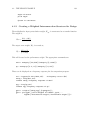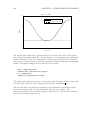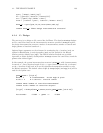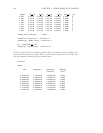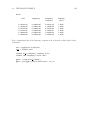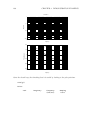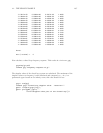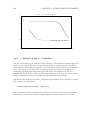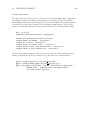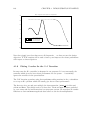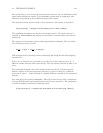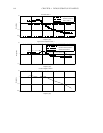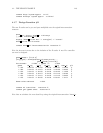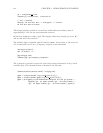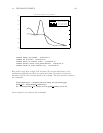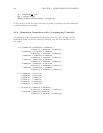
4.1. THE HIMAT EXAMPLE 139
complex valued blocks.
The upper and lower bounds of the µ function are returned in bnds. Also returned are
the scaling matrices, D and Dinv, corresponding to the upper bound. The smallest
destabilizing perturbation at each frequency is returned as Delta. The variable sens is
the sensitivity of the upper bound to the D and Dinv scaling matrices. This will be
useful as a weighting function for fitting transfer functions to the D and Dinv scaling
blk = [2,2;2,2]
[bnds1,D1,D1inv,Delta1,sens1] = mu(g1g,blk)
comment blk "perturbation block structure"
comment bnds1 "mu bounds: iteration 1"
comment D1 "D scale: iteration 1"
comment D1inv "D inverse scale: iteration 1"
comment Delta1 "worst case perturbation: iteration 1"
comment sens1 "D scale sensitivity: iteration 1"
We plot the maximum singular value and µ on the same plot. The performance and
stability specifications have been achieved if µ is less than one at all frequencies.
gph4 = ctrlplot(g1gs(1,1),{log,line
style=4});
gph4 = ctrlplot(bnds1,gph4,{log,line
style=[1,3]});
gph4 = plot(gph4,{title="Max. singular value and mu comparison",...
legend=["max. singular value";"mu upper bound";...
"mu lower bound"],!grid})?



